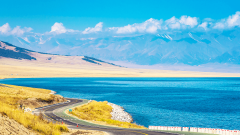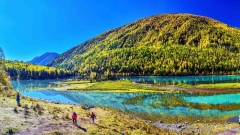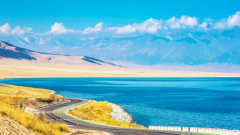Xinjiang, one of China’s most captivating travel destinations, is famous for its magnificent snow-capped mountains and grasslands, mysterious Silk Road culture, and rich cuisine. But when planning a trip, many travelers often ask a key question: Will I experience altitude sickness in Xinjiang?
Don’t worry — this article will help you understand what altitude sickness is, whether it’s a concern when traveling in Xinjiang, and how to prevent it. Travel with peace of mind!
What Is Altitude Sickness?
Altitude sickness (also known as Acute Mountain Sickness, or AMS) is a physiological reaction that occurs when the body enters a high-altitude area (typically above 2,500 meters or 8,200 feet) and cannot adapt quickly enough to the lower oxygen levels.
As elevation increases, atmospheric pressure drops, and the amount of oxygen in the air decreases. When the human body is suddenly exposed to this oxygen-deficient environment, it may not adapt in time, resulting in a range of symptoms.
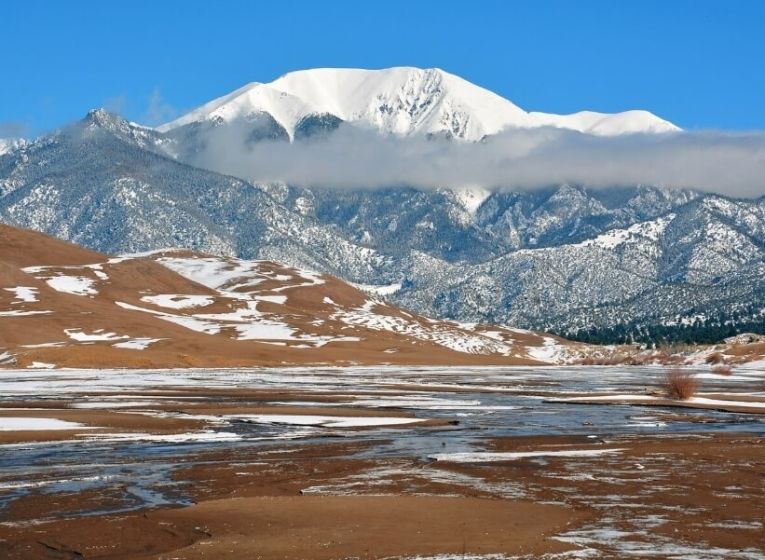
Pamir Plateau
Symptoms of Altitude Sickness
1.Common symptoms of altitude sickness
- Headache: The most common symptom, usually around the forehead or temples.
- Fatigue: Decreased physical strength, easy tiredness.
- Shortness of breath: Difficulty breathing even with light activity.
- Insomnia: Trouble falling or staying asleep.
- Loss of appetite or nausea: Some people may experience mild vomiting.
- Dizziness or slowed reaction: Difficulty concentrating.
- Increased heart rate: Especially noticeable at night.
2.Severe warning signs (seek medical attention immediately):
- Confusion, unusual behavior, or difficulty walking
- Persistent severe headache or blurred vision
- Pink, frothy sputum when coughing or difficulty breathing
- Chest pain, extreme weakness, inability to walk
Elevation of Regions in Xinjiang
1.Southern Xinjiang Altitude Levels
- Hotan Prefecture – approx. 1,300 m
- Artux City – approx. 1,240 m
- Yiwu County – Ghost City – approx. 500 m
- Bole City – approx. 807 m
- Shihezi City – approx. 446 m
- Kuqa – Ruokeya Lake – approx. 1,270 m
- Red Hill Park (Hongshan Park) – approx. 600 m
- Pamir Plateau – up to approx. 7,949 m
2.Northern Xinjiang Altitude Levels
- Heavenly Lake of Tianshan (Tianchi) – approx. 1,927 m
- Tacheng City – approx. 525 m
- Yaha Snow Mountain – approx. 3,500 m
- Kanas Lake – approx. 1,374 m
- Kuqa Grand Canyon – approx. 1,000 m
- Burqin – Rainbow Beach – approx. 1,300 m
- Sayram Lake – approx. 2,070 m
- Tashkurgan – approx. 1,200–1,500 m
- Kanas River Valley – approx. 1,276 m
Most famous tourist spots in Xinjiang are not at high altitudes. For example, Urumqi is only about 800–900 meters above sea level. So, there’s really no need to worry about altitude sickness for most travelers.
However, if your itinerary includes the Pamir Plateau, areas along the Kunlun Mountains, or high-altitude border areas near Tibet, then altitude sickness could be a concern.
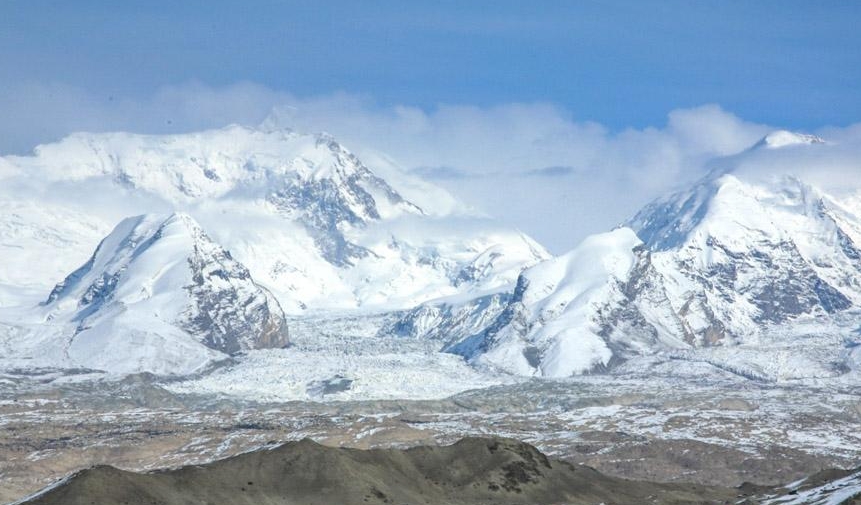
How to Prevent or Relieve Altitude Sickness
Altitude sickness is common but can be prevented and managed with proper preparation. Here are some practical tips:
1.Gradual Acclimatization
Avoid sudden altitude jumps — don’t go from low elevations directly to areas above 3,000 m.
If a high-altitude stop is unavoidable, consider staying at mid-altitude locations (around 2,000 m) for 1–2 days first.
2.Get Plenty of Rest and Sleep
Avoid intense physical activity in the first 24–48 hours after arriving at high elevation.
Sleep helps the body adjust and recover.
3.Stay Hydrated and Eat Lightly
High-altitude regions are dry — drink more water (at least 3 liters per day).
Limit alcohol, strong tea, and coffee.
4.Avoid Overexertion and Emotional Stress
Don’t walk too fast, run, or carry heavy items upon arrival.
Stay calm and avoid anxiety, which can worsen symptoms.
5.Take Preventive Medication (Under Doctor’s Advice)
Common options include: Rhodiola rosea, Salvia, Acetazolamide (Diamox), glucose drinks.
Consider taking Rhodiola supplements 1 week before your trip to help boost resistance to low oxygen.
6.Use Oxygen if Necessary
If you experience significant headache, breathlessness, or chest tightness, portable oxygen bottles can help.
Hotels, scenic areas, and vehicles in high-altitude regions often provide oxygen.
7.Keep Warm
Temperatures can fluctuate greatly between day and night — dress in layers to prevent catching a cold, which can worsen symptoms.
Who Should Avoid High-Altitude Travel?
People with serious cardiovascular or cerebrovascular diseases: hypertension, coronary artery disease, arrhythmia, stroke, etc.
Those with respiratory illnesses: chronic bronchitis, asthma, emphysema, etc.
Severely anemic individuals: low hemoglobin increases the risk in low-oxygen environments.
Children and the elderly with poor physical resilience.
People recovering from recent illness or surgery.
Pregnant women: higher oxygen demands may affect fetal development.




